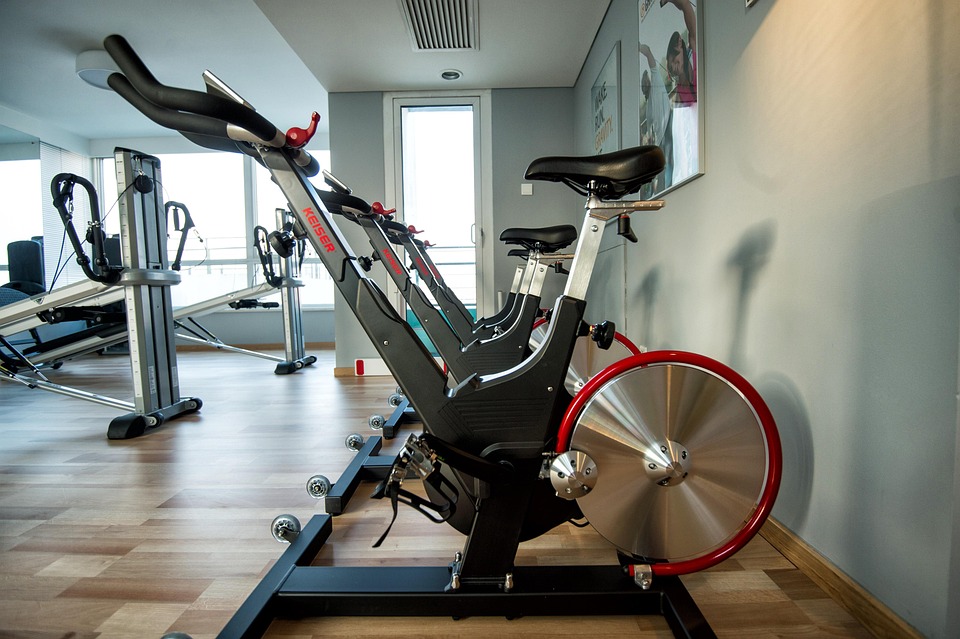The global awakening of health consciousness is driving a surge in demand for fitness equipment. In 2023, China’s cumulative exports of other fitness equipment and rehabilitation devices reached USD 4.134 billion, up 8.29% year-on-year. Among them, the United States and the European Union have become the primary destinations for China’s fitness equipment exports.
Although the European and American markets are highly profitable, the technological barriers are formidable. Only by precisely grasping compliance requirements and optimizing cost structures can companies stand out in the competition.

Essential Documents Checklist
1. Basic Documents
- 商業インボイス: Indicate the product model, material (e.g., steel/aluminum alloy), and functional parameters (e.g., maximum load capacity);
- パッキングリスト: Break down by SKU, indicate gross/net weight and volume (the EU charges by volume);
- Bill of Lading: The consignee address must strictly match the Amazon FBA warehouse or the customer's address.
2. Compliance Documents
- CE Marking (EU): covering the Machinery Directive (MD), Low Voltage Directive (LVD), and Electromagnetic Compatibility Directive (EMC);
- FCC Certification (United States): For devices with wireless functionality;
- Test Report: such as EN 957 (Safety Standards for Fitness Equipment) and ASTM F2216 (Standard Test Methods for Fitness Equipment in the United States).
3. Special Files
- Certificate of Origin: FORM A (GSP has expired; a general CO may be applied for);
- Dangerous Goods Declaration: Equipment containing lithium batteries must provide a UN38.3 test report.
Core Certification and Regulatory Policy
1. EU market
CE Certification:
- MD指令(2006/42/EC): Mechanical Structure Safety Testing (e.g., anti-pinch design for strength equipment);
- EMC指令(2014/30/EU): Ensure that the device's electromagnetic radiation does not interfere with other products;
- RoHS指令(2011/65/EU): Restrict six categories of hazardous substances, including lead and cadmium.
REACH規則
An SVHC (Substance of Very High Concern) content declaration must be submitted.
EPR Registration (mandatory from 2023)
Fitness equipment must be registered for take-back responsibility in the destination country.
2. U.S. Market
FCC Certification (Mandatory):
- FCC ID: Applicable to devices with Bluetooth/WiFi functionality; testing must be conducted by an FCC-recognized laboratory, and certification must be issued by a TCB (Telecommunication Certification Body);
- FCC SDoC: Ordinary electronic devices do not require testing by an FCC-authorized laboratory; the supplier may self-declare compliance.
UL Certification:
Not mandatory, but required by retailers such as Walmart (e.g., UL 1647 standard);
Proposition 65 (California):
Equipment containing excessive phthalates must carry a warning label.
3. Common Requirements
- Label and Instructions: The EU version must include abbreviations for all 28 languages; the US version requires English + Spanish;
- エコ包裝: EU-related legislation stipulates that, starting from November 29, 2024, the lead concentration in PVC products must not exceed 0.1%. The United States requires recyclable labeling.

Time and Tariff Cost Control
1. Time Optimization
Pre-Authentication Service:
- Kick off CE/FCC certification in parallel during the R&D phase (can shorten the timeline by 2–3 months);
- Conduct pre-testing at an EU-recognized laboratory (e.g., TüV).
Modular production:
- Core components (motors, sensors) are pre-certified; only supplementary testing is required after final assembly.
2. Utilization of Free Trade Agreements
- After transit processing in Vietnam (compliant with rules of origin), the export tariff to the EU is reduced to 0%;
- The 301 tariffs imposed by the United States on certain fitness equipment (up to 25%) can be circumvented or reduced through assembly in third countries.
3. Improvement in Logistics Efficiency
- China-Europe Railway Express: Chongqing to Hamburg in 18 days—10 days faster than sea freight and 30% cheaper.
- Overseas warehouse layout: Establish warehouses in Germany and Poland to achieve 24-hour delivery within the EU.

Risk Response Measures
1. Risk of Authentication Mismatch
- Arrange for a third-party agency (such as SGS) to conduct a pre-inspection;
- Purchase Product Liability Insurance (PLI) to cover losses from returns.
2. Tariff Policy Changes
- Diversified market deployment (simultaneous expansion into Southeast Asia and the Middle East);
- Apply for tariff exclusion (e.g., USTR exclusion list in the United States).
3. Intellectual Property Disputes
- Register design patents in Europe and the United States;
- Adopt differentiated design.
4. Logistics and Inventory Risks
- Purchase cargo insurance (premium ≈ 0.3% of cargo value);
- Adopt a hybrid "sea + air" shipping model, prioritizing the delivery of best-selling products.
結論
Competition in exporting fitness equipment to Europe and the US is, at its core, a dual game of “compliance capability” and “cost control.” Companies must:
- Pre-compliance investment: Integrate certification and testing into the product development cycle;
- Make good use of policy instruments: Reduce overall costs through free trade agreements and overseas warehouses;
- Build a risk control system: Insure against uncertainty with insurance, legal counsel, and data monitoring.
Finally, if you have any other needs in your export business or require further support from us, please feel free to contact us at any time!


 カスタマーサービスWeChatをフォローしてください
カスタマーサービスWeChatをフォローしてください